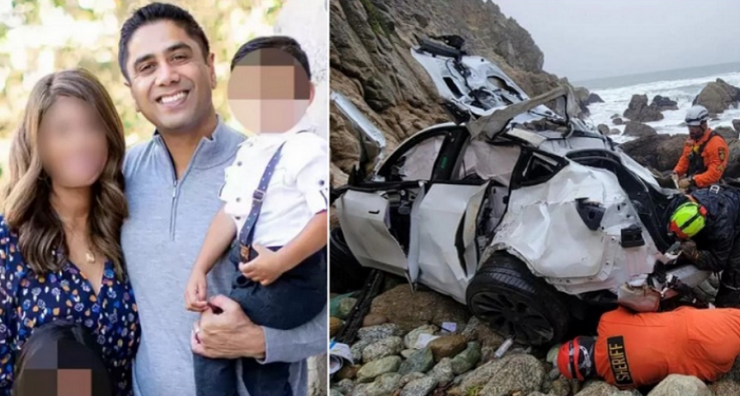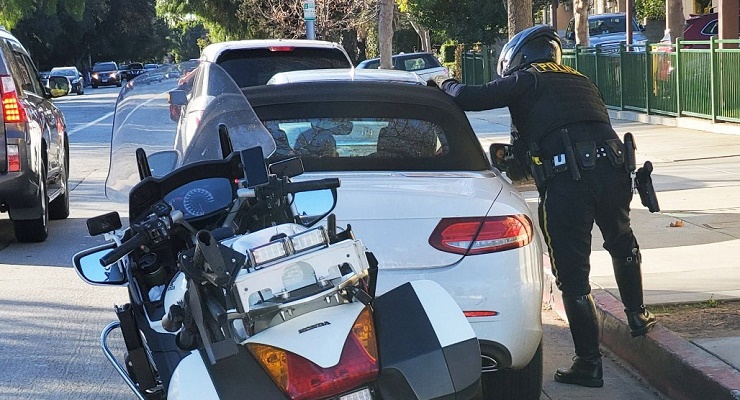Pasadena’s Playhouse District, already one of the City’s most dynamic areas, could sport a vibrant new look and attitude over the next decade, should its new proposed streetscape plan and economic strategy come to fruition.
The Playhouse District Association revealed those streetscapes during a workshop at the Hotel Constance on Tuesday night.
Three areas of the District—Colorado Boulevard between Oak Knoll and El Molino, Mentor Avenue North and South, and North Lake Avenue— could see dramatic changes and additions to their landscapes, including reconfigured lanes, street furniture, more scramble crossings, and allocations for buses and bikes, as well as Lyft and Uber services.
Goals of the ambitious project are to “create a network of urban parks, plazas and paseos, and emphasize pedestrian experiences as well as to designate special entertainment areas for Mentor and El Molino,” according to the Playhouse District Association’s just-released Strategic Economic Development and Vision Implementation Plan,
“The Playhouse District needs to create a more visible identity,” said the report,
The District roughly ecompasses an area bordered by the 210 Freeway on the north, Los Robles Avenue on the west, Catalina Avenue on the east, and Green Street to the south.
“These changes address the way local residents will begin to live,” said Pasadena architect Stefanos Polyzoides, moderated the Association’s presentation.
“This is just a small piece of a very big puzzle,” Polyzoides added, as he presented the streetscape plans.
Polyzoides and his team members presented large-scale drawings and photos for each of the targeted areas, demonstrating how each element—car traffic, pedestrians, buses, truck deliveries, and even scooters— would be incorporated into the overall traffic patterns.
“‘All cars all the time’ may be an outmoded idea,” said Polyzoides, who later in his presentation pointed out that 1910 Pasadena along Route 66, which became Colorado Boulevard, was originally a “multi-modal” area with pedestrians, horses, carts, and cars.
The new plan would also return a number of one-way streets back to two-way streets, beginning with Mentor and Hudson.
In addition, the plan would “enliven and beautify” the area’s sidewalk experience with seating, public art, lighting, dining, and shade.
The long-term plan, which was first developed in 2017, and adopted by the PDA in January 2018, is designed to “emphasize the Playhouse District’s role as center for unique retail, dining, arts and culture.”
In addition, the district-wide plan would maximize the use of District office building garages, create Uber/Lyft Zones and, develop a District valet program for restaurants to lower the area’s parking requirements.
The Colorado Boulevard portion of the plan would also feature angled parking, along with a possible employee parking program for “large employers in the heart of the district”
Meters throughout the District would also have low early rates and longer time limits, and the funds they generate would remain in the District. Much of the parking plans could require subsidies from the PDA or the City, according to the plan.
Another major component of the plan is to recreate the retail environment of South Lake Avenue north of Colorado Boulevard. Polyzoides said the plan calls for stretching the jewel shopping area for four blocks north to the 210 Freeway.
The plan would also add 150 new trees—Palm, London Plane and Jacaranda—to the eight trees currently in that area.
During the presentation, attendees wrote comments on easel boards for review by the planners and designers.
While the long-term plan for the area is ambitious in its scope, it still lacks one necessary element—funding.
According to Brian Wallace, director of the Playhouse District Association, the plan is to first “develop the concept,” and then their consultant team will provide cost estimates.
“From there,” continued Wallace, “it will be a process of getting the plan recognized by the City in terms of its capital improvements plan, but the funding is likely going to need to come from multiple sources.”
Wallace explained that the project would seek funding on several levels from federal to City, as well as seek other grants.
According to Wallace, the Colorado Boulevard portion of the plan has so far received the most attention, and would likely be the first area for which to seek funding.
“It’s only two blocks, so maybe that’s a more palatable size to try,” said Wallace, who hopes to have it recognized in the city’s 2020-2021 Capital Improvements budget and then begin to identify other funding sources and outside resources.













 3 comments
3 comments


